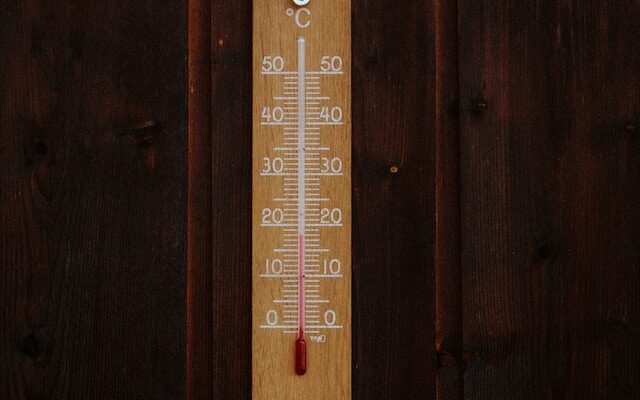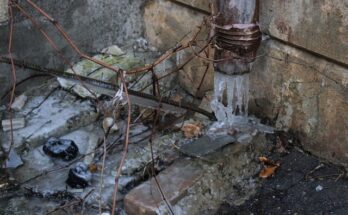Rapid changes in air temperature can significantly impact residential and commercial properties. Understanding the science behind these swift shifts and preparing for their effects is crucial for property owners. This article, enriched with key terms to boost organic search and optimization, will delve into how these temperature changes occur, their potential impact on properties, and effective strategies for damage mitigation.
- How Do Quick Changes in Temperatures Happen?
Quick air temperature changes are often the result of dynamic weather patterns. Factors like cold fronts, warm fronts, and sudden atmospheric pressure changes can lead to a swift drop or rise in temperature. These abrupt transitions are more common in regions with diverse climates and can occur during any season. Understanding meteorological phenomena is essential for anticipating and responding to these changes.
- What Could That Do to Your Property?
Rapid temperature fluctuations can wreak havoc on a property. In the winter, a sudden temperature rise can lead to rapid snowmelt, increasing the risk of water damage and flooding. Conversely, a quick drop in temperature can cause pipes to freeze and burst, leading to significant water damage. In warmer months, these changes can exacerbate humidity issues, contributing to mold growth and structural damage.
- How to Prepare Your Property to Minimize Damage
Preparing your property for temperature changes is key to minimizing potential damage. This includes insulating pipes to prevent freezing, ensuring proper drainage around the property to handle sudden snowmelt or heavy rains, and maintaining your HVAC system for optimal humidity control. Regular property inspections can also identify vulnerabilities that might be exacerbated by temperature fluctuations.
- What Could Happen Short and Long Term If You Don’t Prepare
Failure to prepare for rapid temperature changes can have both immediate and long-term consequences. Short-term effects include water damage from burst pipes or flooding, which can disrupt your daily life or business operations. Long-term impacts can be more severe, including persistent mold issues, structural damage, and a decrease in property value. Proactive measures are crucial for safeguarding your investment.
Quick changes in air temperature pose a real challenge for property owners. By understanding the causes, potential impacts, and effective prevention strategies, you can protect your property from unwanted damage. Remember, preparation and regular maintenance are your best defenses against the unpredictable nature of weather-related changes.




